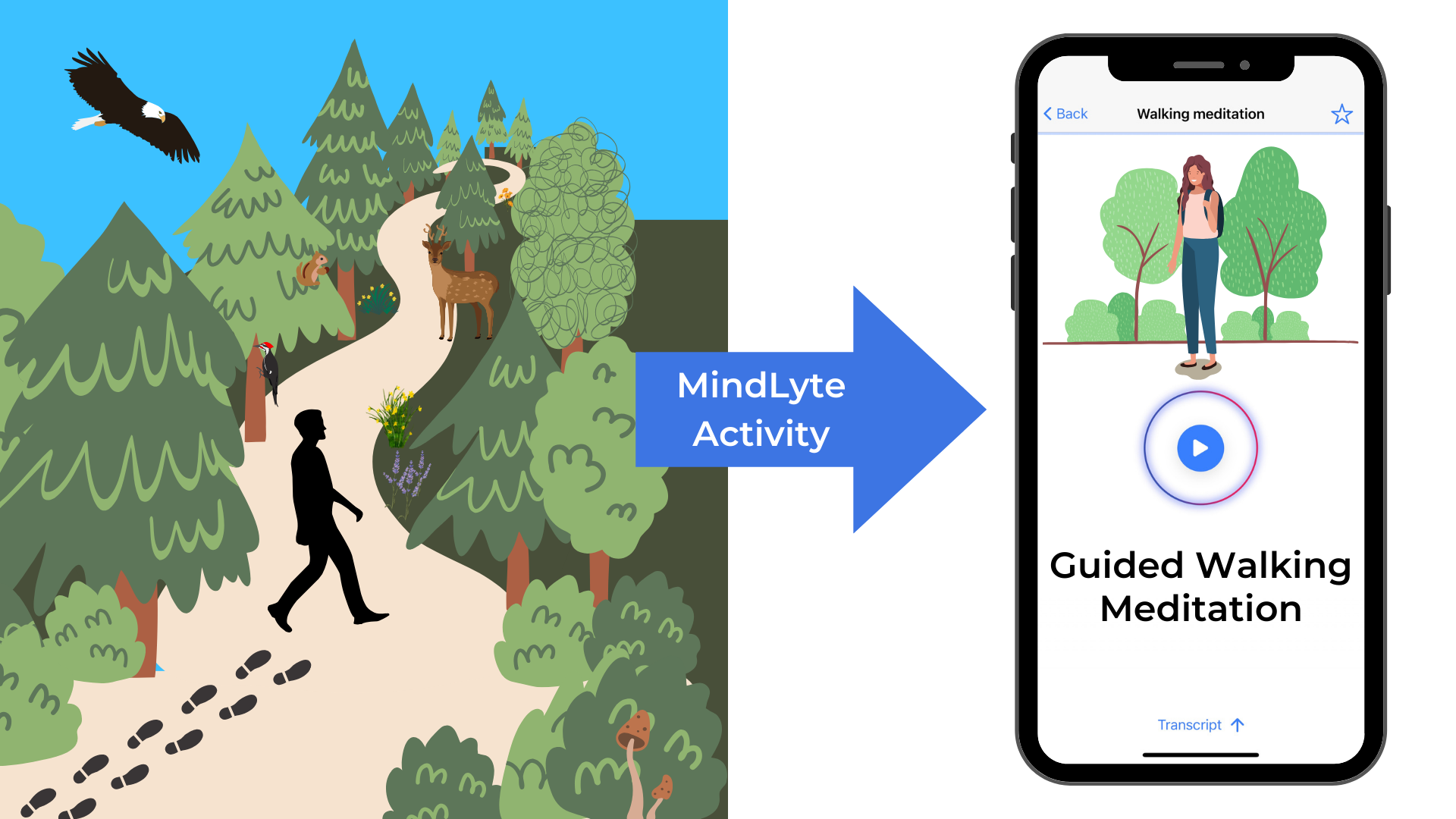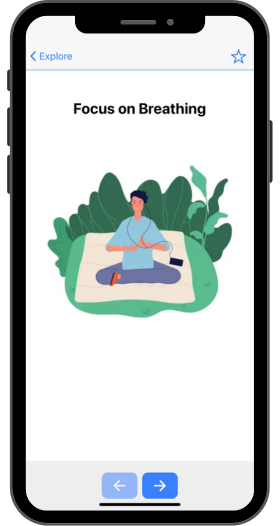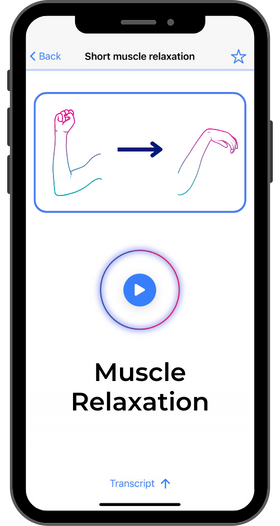How To Reduce Exam Stress with Physical Activity
Part 2 of our Exam Stress Series
- Part 1: Why Do Exams Cause Stress?
- Part 2: How To Reduce Exam Stress with Physical Activity
- Part 3: How To Reduce Test Anxiety
Mental Health In Motion #
Reduce stress and improve wellness through physical activity during final exams.
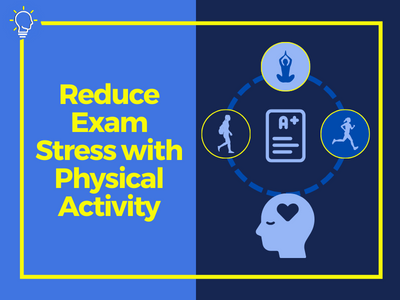
Contents
Why Physical Activity Helps With Stress #
Perhaps counterintuitively, taking the time out of a busy schedule to participate in even limited physical activity can significantly benefit mental health. Let’s look at three physiological reasons why exercise can help both mental well-being and academic performance.
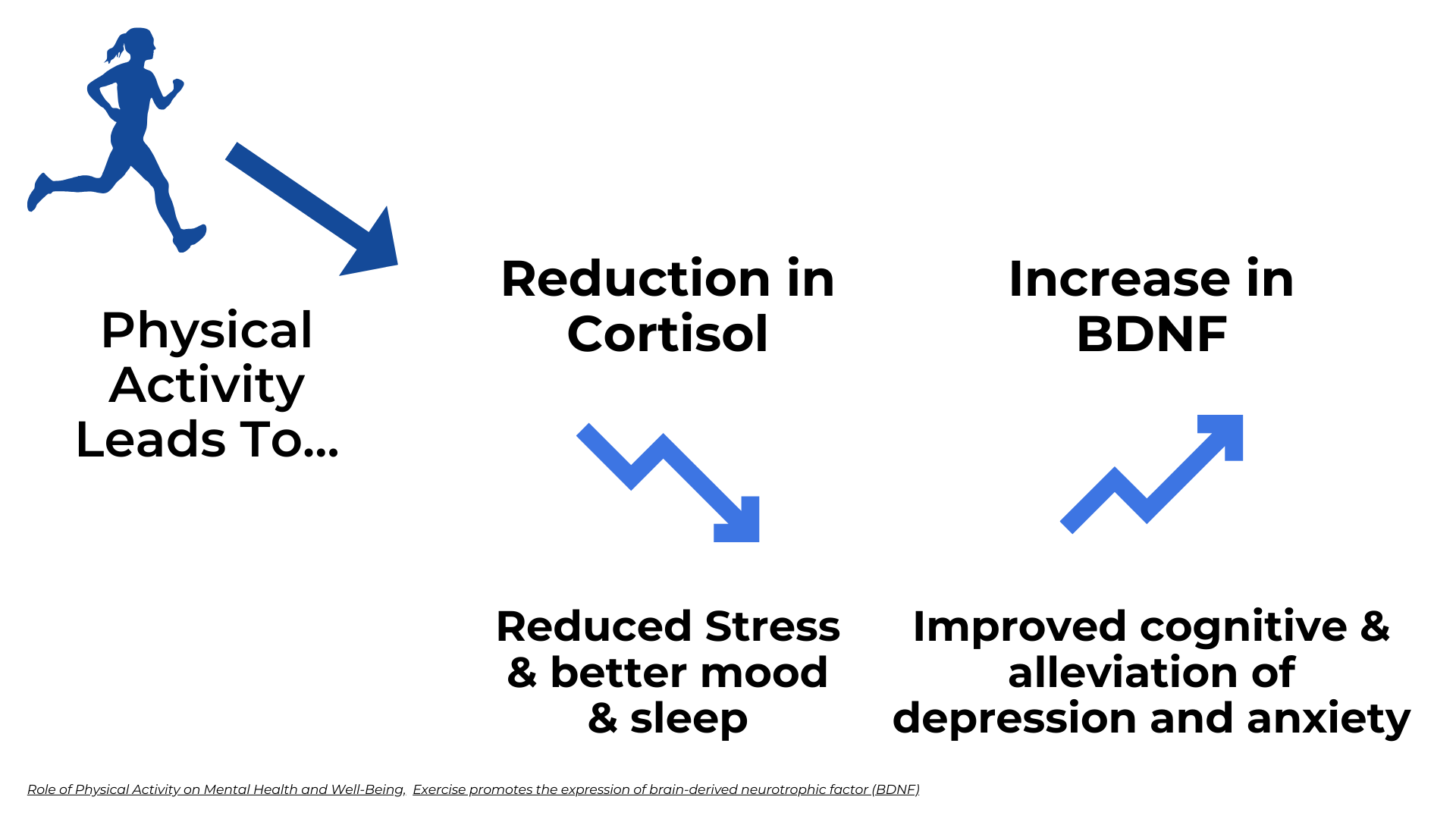
-
Reduction in Cortisol & Adrenaline: “...regular physical activity improves the functioning of the hypothalamus-pituitary-adrenal (HPA) axis, lowering cortisol secretion and restoring the balance of leptin and ghrelin[1]”. Simply put, exercise reduces cortisol levels by increasing the activity in another part of the brain. This results in reduced stress symptoms and an increase in overall mood. Additionally, stress reduction will decrease your chance of acute illnesses like colds as well as guard against chronic conditions like high blood pressure, poor cholesterol, and high blood sugar[2].
-
Increase in Endorphins: Endorphins are the hormones created when you experience pain or stress. Exercise increases the release of endorphins which decreases the intensity of depressive symptoms and reduces both stress and anxiety[3].
-
Increase in BDNF (brain-derived neurotrophic factor): Though early in research, there is compelling evidence that exercise’s influence on protein creation plays a pivotal role in our mental health and abilities. In one study[4] focusing on mice, “BDNF has already been shown to enhance mental abilities at the same time as acting against anxiety and depression...."
How To Incorporate Physical Activity Into Your Study Plans #
By no means are we suggesting you start marathon training in the middle of finals Instead, we recommend breaking up your study schedule with some sort of physical activity. This is not just exercise but any kind of physical activity including relaxing walks, meditative practices, yoga, breathing exercises, and other bodily regulations.
The 2018 “Happy Feet[5]” study saw improvement in the mental health of people taking part in a 10,00 step, 100-day challenge, regardless of whether they met the goal. The participation itself and the increased physical activity had the true impact on improving mental wellness. The Mayo Clinic recommends 30+ minutes of physical activity 3-5 days a week for significant depression and anxiety relief, however, even just 10-15 minutes can help with mood regulation.
Let’s now take a look at 4 ways to improve your mental wellness through your physical health, and some MindLyte activities that can help you along the way!
1: Set Attainable Goals #
Understanding that exams bring an increased workload, your typical exercise routine may need to be adjusted, but not neglected, during finals. Decide what you want to get out of the physical activity at this time, such as a clear head, better focus, reduced chance of sickness, and lower stress, in addition to overall fitness. This is not the best time to start a heavy exercise routine! Your goals should center on mental health as much as physical health during exams.
2: Scheduling Physical Activity #
When planning your study schedule for the day, think about when you can build in some exercise. If you are an early riser, aim for the morning. If you like a break in your studying, think about treating physical activity as a reward after a particularly difficult study session.
3: Mini Skillful Breaks #
For better information retention, it is important to space out studying[6]. You can get out and go for a walk or do some jumping jacks to get the body moving. Try a guided meditation on the MindLyte app or participate in a mindfully observant walk[7] where you focus on just one sense.
4: TIPP Skill #
The TIPP technique[8] (temperature, intense exercise, paced breathing, and progressive muscle relaxation) should be used during times of high emotional distress. Participating in these 4 steps can help reduce those heightened negative emotions and help you refocus on studying and test-taking tasks much faster.
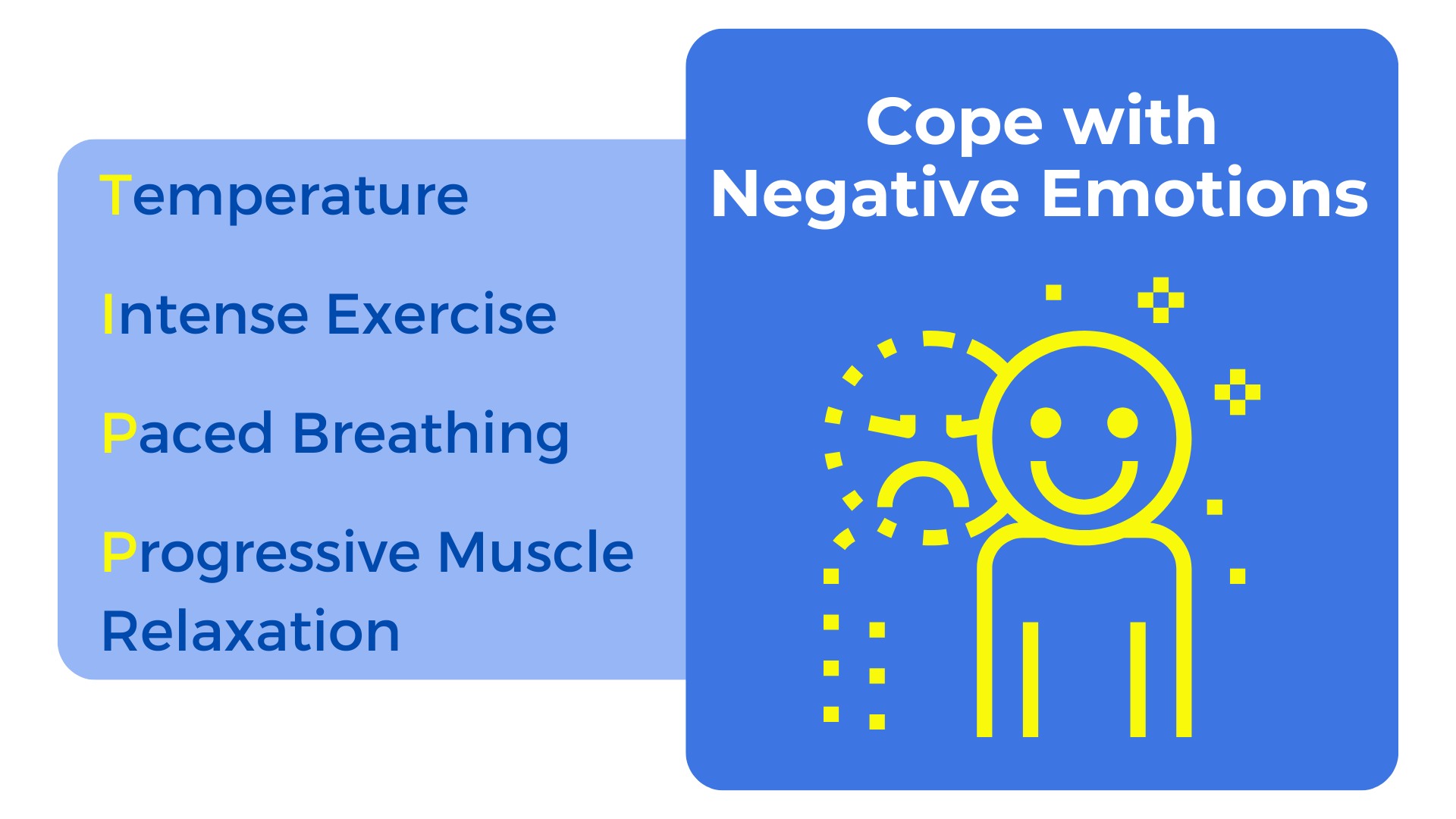
Temperature #
Reducing one’s body temperature helps decrease heart rate. Safely, consider placing cool clothes on your face, splashing icy water on your face, or even a quick walk in the cold (not more than a few minutes).
Intense Exercise #
Doing a fast 10-15 minute exercise, especially cardio, can help bring those high levels of stress down quickly. Consider a brisk walk, jumping jacks, running up and down the stairs, or other fast physical activities as a break.
Paced Breathing #
Taking a moment to focus on your breathing can help reduce one’s heart rate as well as other symptoms, like sweating, fidgeting, nausea, and so on. “Breathe in deeply through your nose (abdominal breathing) for four seconds and then breathe out through your mouth (for six seconds). Do this for 1-2 minutes[8:1].”
Progressive Muscle Relaxation #
Studying is often sedentary and the toll of stress can start to physically weigh on you. Try starting with your toes, scrunching them up, holding them for a couple of seconds, and then releasing them. Repeat this up the major muscles in your body until you are closing your eyes. Focus on the physical sensation rather than the stressful task, allowing the negative thoughts to come and go as tense and release.
Final Thoughts #
Physical activity is a key resource that you should tap into during this exam period. Whether it’s through going for a walk, hitting the gym, or exploring meditation you can use activities & guides on MindLyte to help along the way.
References
Mahindru, A., Patil, P., & Agrawal, V. (2023). Role of Physical Activity on Mental Health and Well-Being: A Review. Cureus, 15(1). ↩︎
Harvard Health. Exercising to relax: How does exercise reduce stress? Surprising answers to this question and more. ↩︎
Cleveland Clinic. "Endorphins: What They Are and How to Boost Them." Last reviewed May 19, 2022. ↩︎
Sama F Sleiman, et al. (2016). Exercise promotes the expression of brain derived neurotrophic factor (BDNF) through the action of the ketone body β-hydroxybutyrate. ↩︎
Hallam, K. T., & Bilsborough, S. (2018). “Happy feet”: Evaluating the benefits of a 100-day 10,000 step challenge on mental health and wellbeing. BMC Psychiatry, 18. ↩︎
Pan, S. C. (n.d.). Spaced Practice. UC San Diego Department of Psychology. ↩︎
Sutton, J. (2020, July 15). Mindful Walking & Walking Meditation: A Restorative Practice. PositivePsychology.com. ↩︎
Dialectical Behavior Therapy. (n.d.). TIPP - Skills, Worksheets, Videos, & Activities. ↩︎ ↩︎


